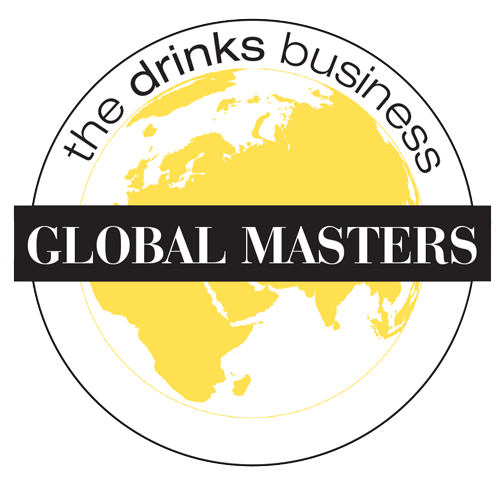Chardonnay Masters 2017: the results in full
 A BRILLIANT VINTAGE
A BRILLIANT VINTAGE
The results from the tasting can be viewed in full in the tables, but it is worth mentioning a few highlights. Among these was the delightful nature of pure Chardonnay Champagne in a brilliant vintage – such as the blanc de blancs from Nicolas Feuillatte in 2008; a real find of a fizz at a relatively affordable price. It was also good to see some Gold medals among the unoaked still Chardonnays this year, with the bright and ripe style of Santa Rita’s Gran Hacienda Chardonnay form Chile’s Colchagua Valley delivering a lot of wine for the money.
Also unoaked and Gold medal-winning were wines from De Bortoli in Australia’s Yarra – already proven as a great source of pure, balanced Chardonnay – and Maso Grener, flying the flag for Chardonnay from Trentino, a region more famously used as a base for traditional-method fizz Trentodoc.
Moving to the oaked samples, which made up the majority of the entries, it was interesting to see that New Zealand can deliver price-competitive whites with Chardonnay, as well as Sauvignon Blanc, and particularly from Hawkes Bay – the home of Sacred Hill’s Gold-medal winner under £10.
Judging by the number of Golds awarded in the £10-£15 price band, this is a sweet spot for oaked Chardonnay, and from a broad range of sources.
The leading light among these was North America’s best-selling ‘premium’ Chardonnay, Kendall-Jackson’s Vintner’s Reserve – a barrel-aged white wine made on a massive scale, but to an extremely high standard, and, importantly, in a creamy style that would delight any longtime Chardonnay drinker on a budget. But we also had lovely examples in a range of styles from diverse sources, from Burgundy to the Okanagan, as well as a Silver medallist from the Bekaa Valley in Lebanon.
Above £15, and we had an notably interesting set of top medallists. New Zealand’s Matahiwi Estate scored the highest, again highlighting the quality potential of Hawke’s Bay Chardonnay, but, not far below this, were delicious and balanced examples of the grape from Anatolia, Bordeaux, and Lincoln Lakeshore in Canada, proving that there is the potential for greatness in a broad array of viticultural areas.
Indeed, these wines were tasted alongside famous Chardonnay specialists, Wakefield / Taylors, Journey’s End, Australian Vintage and Trinchero Estates – all of which also gained Golds for their brilliantly made whites.
At yet higher prices, the greatness was confirmed for several traditional regions for Chardonnay, such as the appellation of Pernand-Vergelesses in Burgundy and the Anderson Valley in California. We also saw a wonderful full but fresh Chardonnay from Tuscany, and another ripe, balanced style from Trentino, showing that Italy can achieve great things with Chardonnay. Again, Australia and the US showed why these two countries are go-to nations for top-quality Chardonnay.
